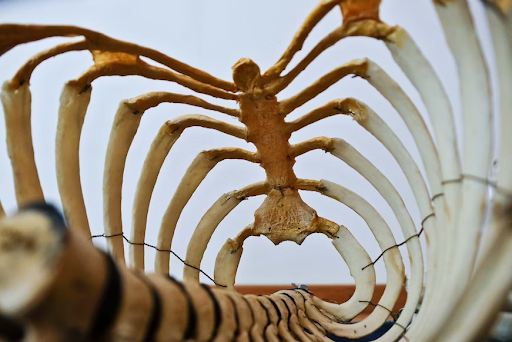Does Bone Marrow Grow Back After Donation?
Donating bone marrow is one of the most selfless acts a person can do. It can be used to treat many blood-related illnesses and disorders, including leukemia, lymphoma, and immune system diseases. But the question remains: does bone marrow grow back after donation? The answer to that is yes. Let’s explore the science behind bone marrow donation today!
Bone marrow is a spongy, fatty tissue inside the bones that produces stem cells and red blood cells. These stem cells are essential for keeping your body healthy and functioning normally. When you donate bone marrow, doctors remove some of this tissue from your body and give it to someone in need.
The good news is that the body can regenerate the marrow at a rapid rate. Studies have shown that within four weeks of donating, 95 percent of a donor’s bone marrow has regenerated. This means that you don’t need to worry about your body being affected in any way after donation.
In addition to replacing the donated marrow, your body will also increase its production of stem cells. It does this in response to the donated marrow so that your body’s stem cell count is once again at a normal level. No matter how much bone marrow you donate, your body will always be able to replace it.
Bone marrow donation is one of the most powerful and selfless gifts someone can give to another person. Donating your bone marrow is an excellent way to help save someone’s life, while also knowing that you will be just fine afterward. If you’re interested in doing something amazing for the world, consider signing up to be a donor today.
How Does the Donation Process Work?
The donation process begins with a simple blood test. From there, you’ll be asked to fill out some forms and provide some additional information about your medical history. After that, you’ll undergo an examination and receive the necessary medication to prepare for the procedure.
Once those steps are completed, doctors will use a special machine to extract the bone marrow from your body. The procedure typically takes two to four hours, and you may experience mild soreness at the site afterward. You’ll also need to stay in the hospital for a few days after the extraction to make sure that everything is okay. However, the exact process can depend on where you are and when you donate.
After that, doctors will clean and process your donated bone marrow before sending it off to the recipient. The whole process from start to finish takes about two weeks, and you can rest assured that your body will be fine during this time.
Why Do People Need Bone Marrow?
Bone marrow transplants are often used to treat people with certain types of blood disorders. Blood disorders like leukemia, lymphoma, and aplastic anemia can all be treated with bone marrow transplants.
Leukemia is a type of cancer that affects the production of white blood cells in the body. It interferes with the body’s ability to fight infections and can be life-threatening. A bone marrow transplant is often the best treatment option for those with leukemia.
Lymphoma is a group of cancers that affect the lymph nodes, which are an important part of our immune system. It can cause swelling in the lymph nodes and interfere with their ability to fight infections. A bone marrow transplant can treat the effects of lymphoma and restore the body’s ability to fight infections.
Aplastic anemia is a disorder in which bone marrow fails to produce enough new blood cells. Without enough stem cells, your body won’t be able to make enough red and white blood cells, leading to fatigue, infections, and other serious health issues. A bone marrow transplant can help to treat aplastic anemia and restore the body’s normal blood cell production.
Donating your bone marrow is a fantastic way to give back and make a difference in someone else’s life. With modern science, you don’t need to worry about the effects of donation on your own body either!
Read More: Building A Strong Foundation For A Healthy And Balanced Life
